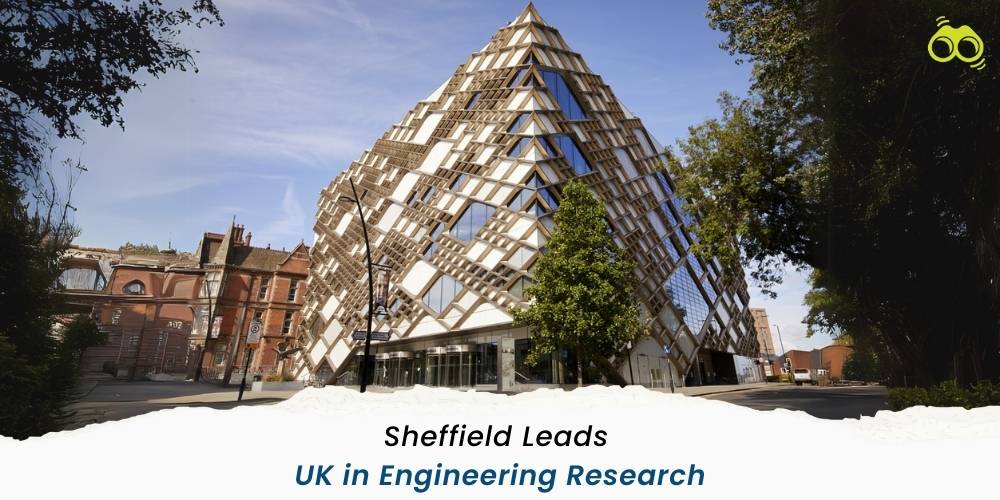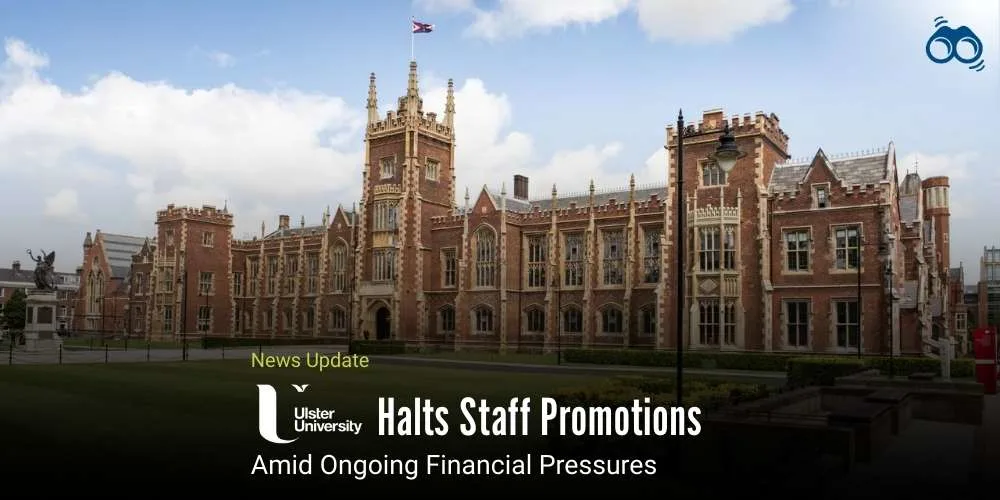University of Sheffield Drives Innovation in Semiconductor Research with National Epitaxy Facility
AMRC Leads Groundbreaking Projects in Aerospace, Renewable Energy, and Automotive
The University of Sheffield has been recognized as the UK leader in engineering research funding, according to the latest Higher Education Statistics Agency (HESA) data. It secured the highest funding for two consecutive academic years, £121 million in 2021/22 and £110 million in 2022/23, surpassing institutions like Cambridge, Oxford, and Imperial College London. The majority of the funding over the two years came from industry and the UK government, with each contributing over £70 million, followed by UKRI (predominantly the EPSRC) with nearly £60 million. The remainder of the funding was sourced from charities and other organizations. These figures underscore the significant role the University of Sheffield plays in driving innovation and attracting inward investment, both locally in South Yorkshire and nationally.
The HESA data encompasses research projects from the University of Sheffield's Faculty of Engineering and its various research centres, including the Advanced Manufacturing Research Centre (AMRC). Among the major projects featured in the figures is the investment in the National Epitaxy Facility at Sheffield, a crucial component of the UK's semiconductor capabilities. This facility supports the government's Semiconductor and Quantum Technologies Strategies and provides essential materials for the development of new semiconductor technology. It also facilitates semiconductor R&D collaboration between universities and industry across the UK.
Professor Koen Lamberts, the President and Vice-Chancellor of the University of Sheffield, expressed his congratulations to the faculty and staff of the Faculty of Engineering, AMRC, and associated research centres. He acknowledged that attracting more engineering investment than any other UK university was a remarkable achievement. He further mentioned that Sheffield's position reflects the confidence industry and research funders have in the university's capabilities and the region. He noted that innovation hubs in areas like South Yorkshire could play a key role in supporting innovation-led growth by offering R&D expertise and space for companies to scale. He also expressed gratitude to the South Yorkshire Mayoral Combined Authority and regional government for their efforts in creating favourable conditions to attract funding from various sources.
Further examples of Sheffield’s engineering research include the ROSEHIPS project, which is transforming the monitoring and maintenance of key UK infrastructure, such as major bridges and offshore wind turbines. Sheffield also received funding to establish the UK’s first Sustainable Aviation Fuels Innovation Centre (SAF-IC), located in the former Sheffield City Airport. This facility is developing and testing sustainable aviation fuels and is considered one of the most advanced in Europe. It collaborates with aviation leaders like Boeing and UK fuel producers, positioning the UK at the forefront of reducing global aviation emissions.
Professor Conchúr Ó Brádaigh, Vice-President for Engineering at Sheffield, stated that the HESA data confirms Sheffield’s status as one of the UK’s top engineering universities and a valuable asset to the nation’s R&D capabilities. He emphasized the university’s strength in both fundamental research and its ability to apply this research at scale to benefit the industry. He also highlighted that the university’s research informs its teaching, ensuring that its large cohort of engineering students develop the skills needed by industry and society.
At the University of Sheffield AMRC, engineers are leading projects to address key manufacturing challenges in sectors such as aerospace, renewable energy, and automotive. As part of the Future Electrical Machines Manufacturing Hub, they are developing a remote laser cutting process that is three times faster than conventional methods. AMRC researchers are also driving decarbonization efforts in Yorkshire and the Humber, the UK's most carbon-intensive region. The Zero Carbon Humber project aims to help the region achieve net zero by 2040 through low-carbon hydrogen, carbon capture, and carbon removal technologies. Additionally, the AMRC is leading a project to modernise the traditional aluminium casting process for aviation. Funded by the Aerospace Technology Institute (ATI), the project demonstrates how technology and optimization
Editor's Note:
The University of Sheffield has been recognized as the UK leader in engineering research funding, with notable achievements in driving innovation and attracting significant investment. The latest Higher Education Statistics Agency (HESA) data highlights the university's role in advancing key sectors, including aerospace, renewable energy, and automotive manufacturing. Through strategic research initiatives and strong industry partnerships, Sheffield is helping to shape the future of technology, sustainability, and innovation in the UK. This success also emphasizes the importance of research-driven teaching in shaping the next generation of engineers.
According to Skoobuzz, continued collaboration between the university, government, and industry is key to driving forward progress in critical fields.














0 Comments (Please Login To Continue)